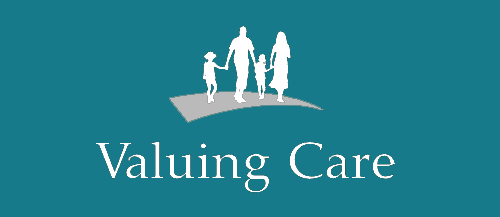Councils will be forced to ration the extra money they get from council tax between providers in response to the cost pressures on residential care, says Ray Hart.
As expected, chancellor George Osborne announced additional funding for social care in the Autumn Statement in the form of an additional levy of 2% on council tax that can only be used to fund adult social care. In addition there will also be an additional investment in the Better Care fund of £1.5bn by 2019-20. However this will be unlikely to provide additional direct resources to providers in meeting the cost of care.
The estimated income raised through this additional council tax will be £1.7bn a year by 2019-20 if all local authorities take it up. By 2020-21 there will be a shortfall of £1.1bn in the funding available for residential care from the public sector and the level of resource required, analysis by think-tank ResPublica has found. A third of this gap will be down to the new National Living Wage (NLW), which will come into force in April 2016.
Thousands of beds lost
If funding for residential care remains at current levels, ResPublica estimates there will be a loss of 37,000 beds; if the NHS picked up the bill for just half of this loss it would cost it £1.5bn a year by 2020-21. With this being that case, will the additional income from council tax be passed onto providers in its entirety?
The first hurdle for the cost of care gap being funded relates to whether, and how much of, the money does indeed get added to local authority commissioning budgets to meet cost of care increases from 2016-17 onwards, and is not used elsewhere within social care. It is likely that the additional funding may also be needed to deal with overspends on council budgets and urgent unmet need. Examples include funding extra placements out of hospitals, and there will also be lots of people waiting for home care or additional community support.


Significant variations
The second hurdle is the regional variations likely to occur from the 2% social care levy raised through council tax. Although the final details have not been shared yet, a flat 2% increase on the gross council tax taken by local authorities will lead to significant variations on the money raised regionally. The Institute for Fiscal Studies has estimated that the additional resource yielded for councils will be 11% of current adult social care budgets, but will range from 4% to 17% between areas.
As central government grants are formulated towards the neediest areas, conversely the council tax percentage levy will raise the least money in the areas with theoretically the most need.
To compound the problem, these areas are likely to have the lowest staffing hourly rates and will therefore be the most effected by the uplifts required in April 2016 and beyond by the living wage.
Expect rationing
With this in mind, the most likely scenario is that councils will not have enough funds to meet providers’ demands to compensate for the possible underfunding of residential care rates and the living wage. So, unfortunately it is likely that the money will need to be increased on a rationed basis.
Working out which providers and how much they receive is a complex and detailed business. Councils can pre-determine how much each category of care will receive through re-examining of the current usual rates paid or they may deal with each case on an individual basis.
Either way this will involve a significant amount of additional work for commissioning and finance teams with the knowledge that challenges could be made to the calculations and that, because the pie is not big enough, there may be a lot of noise about who gets the biggest slice.

